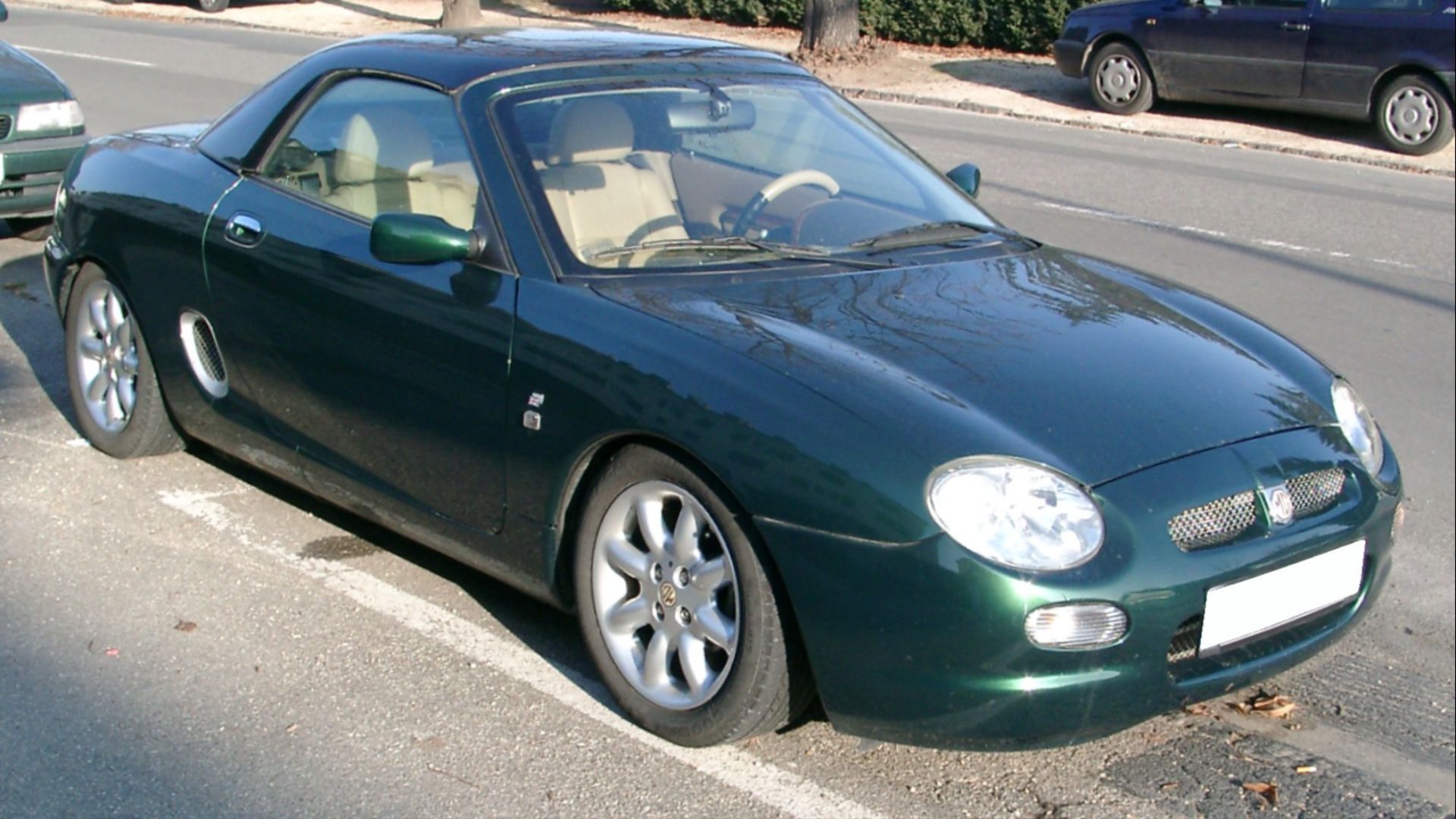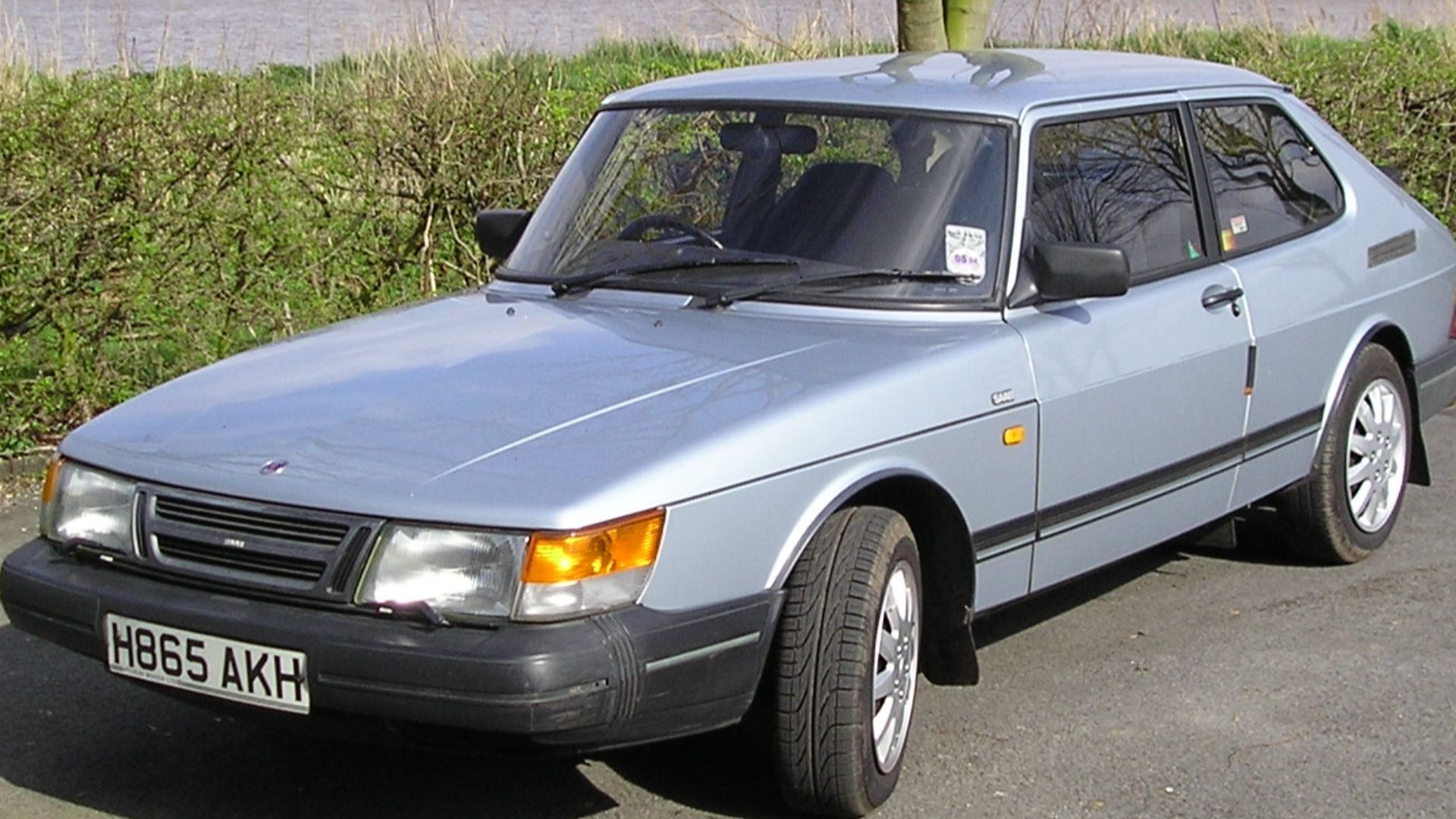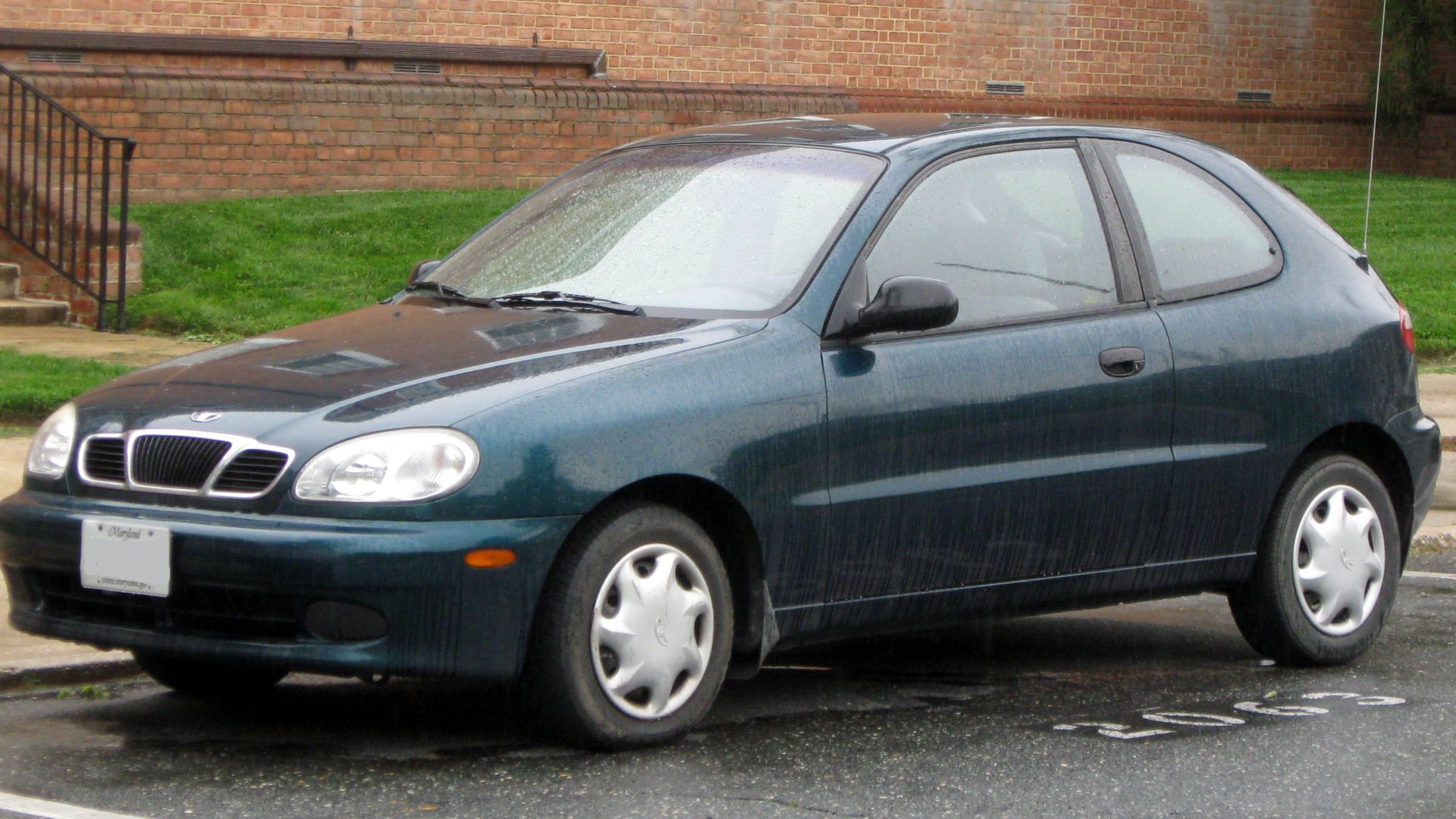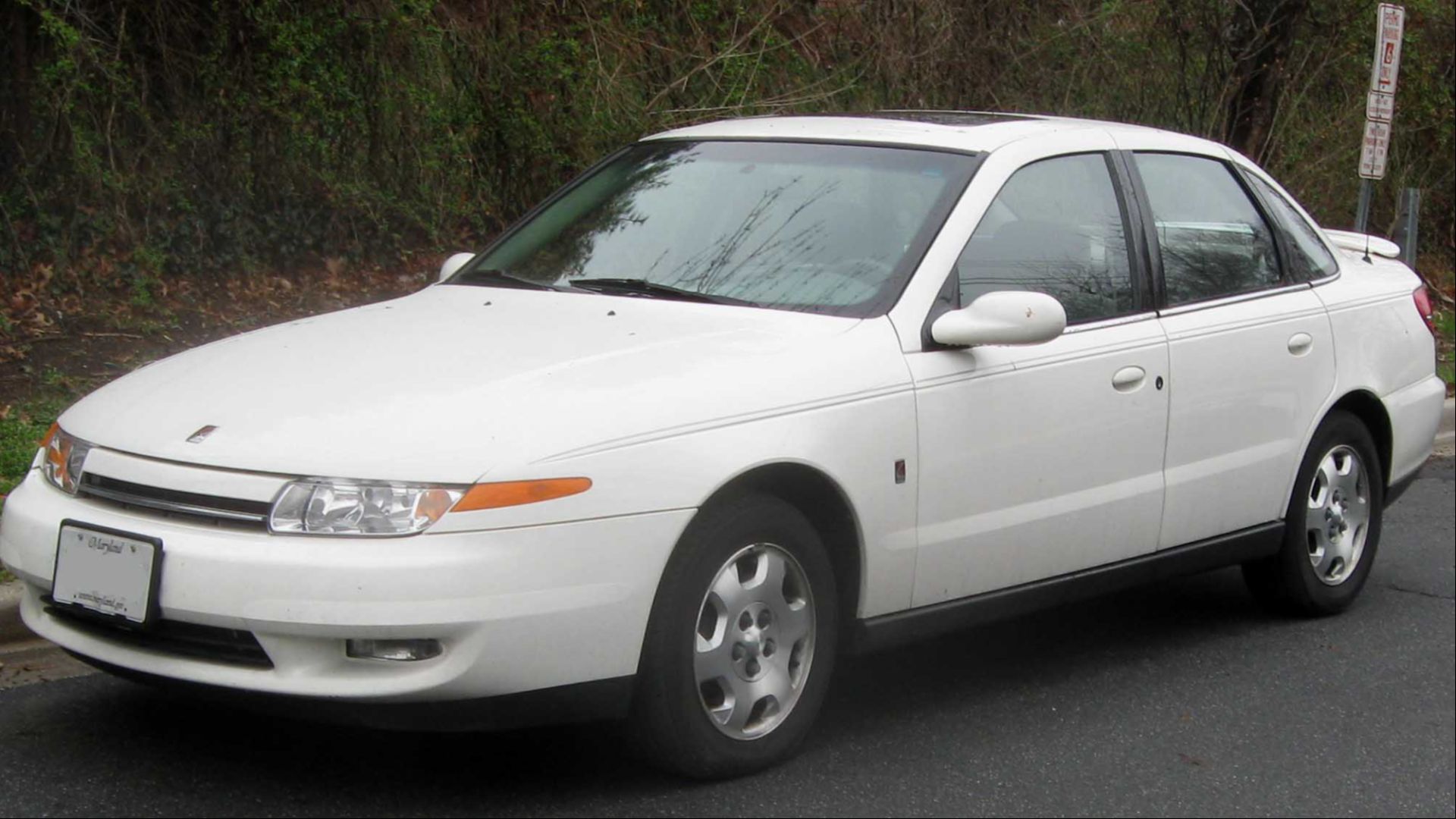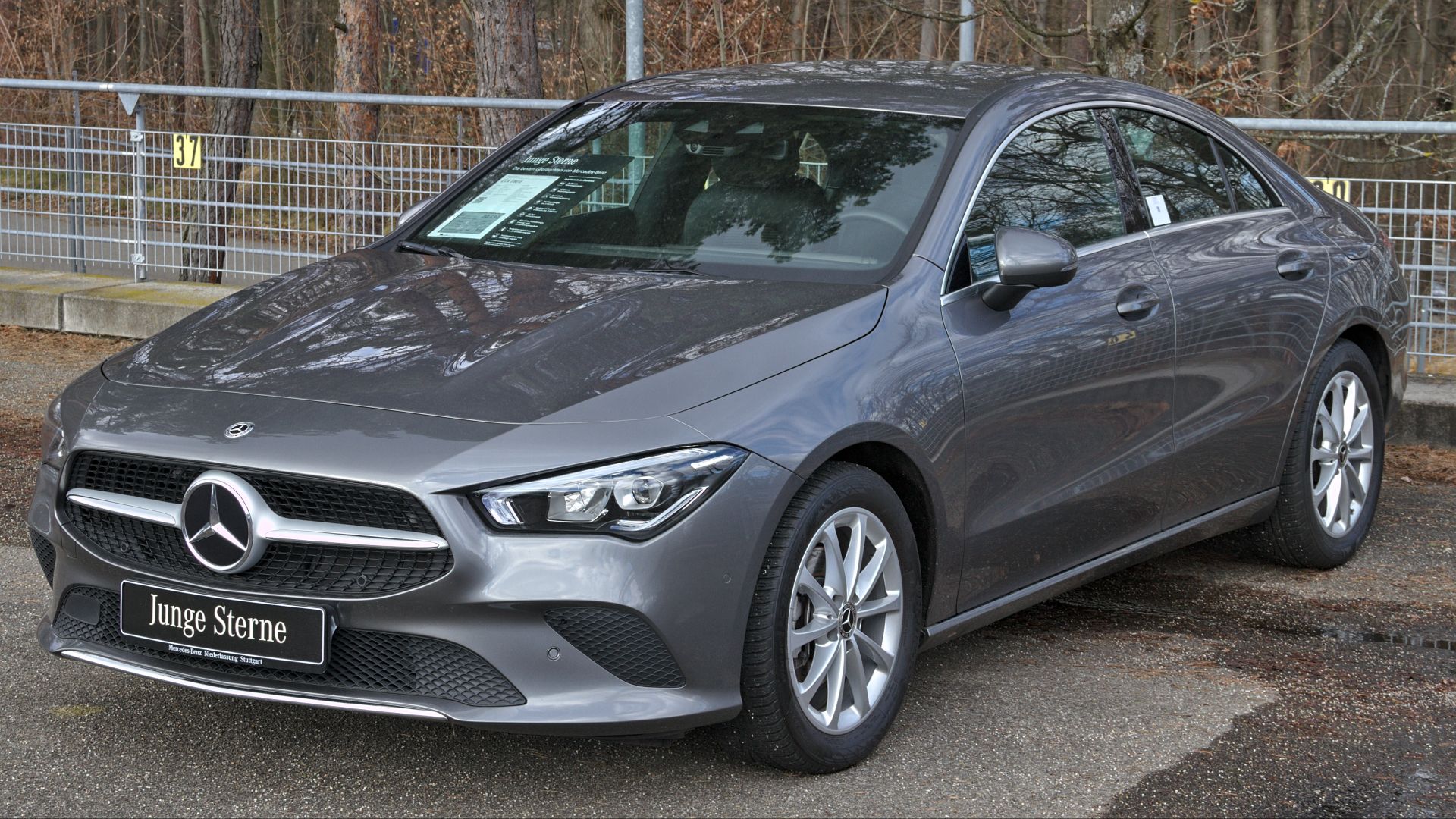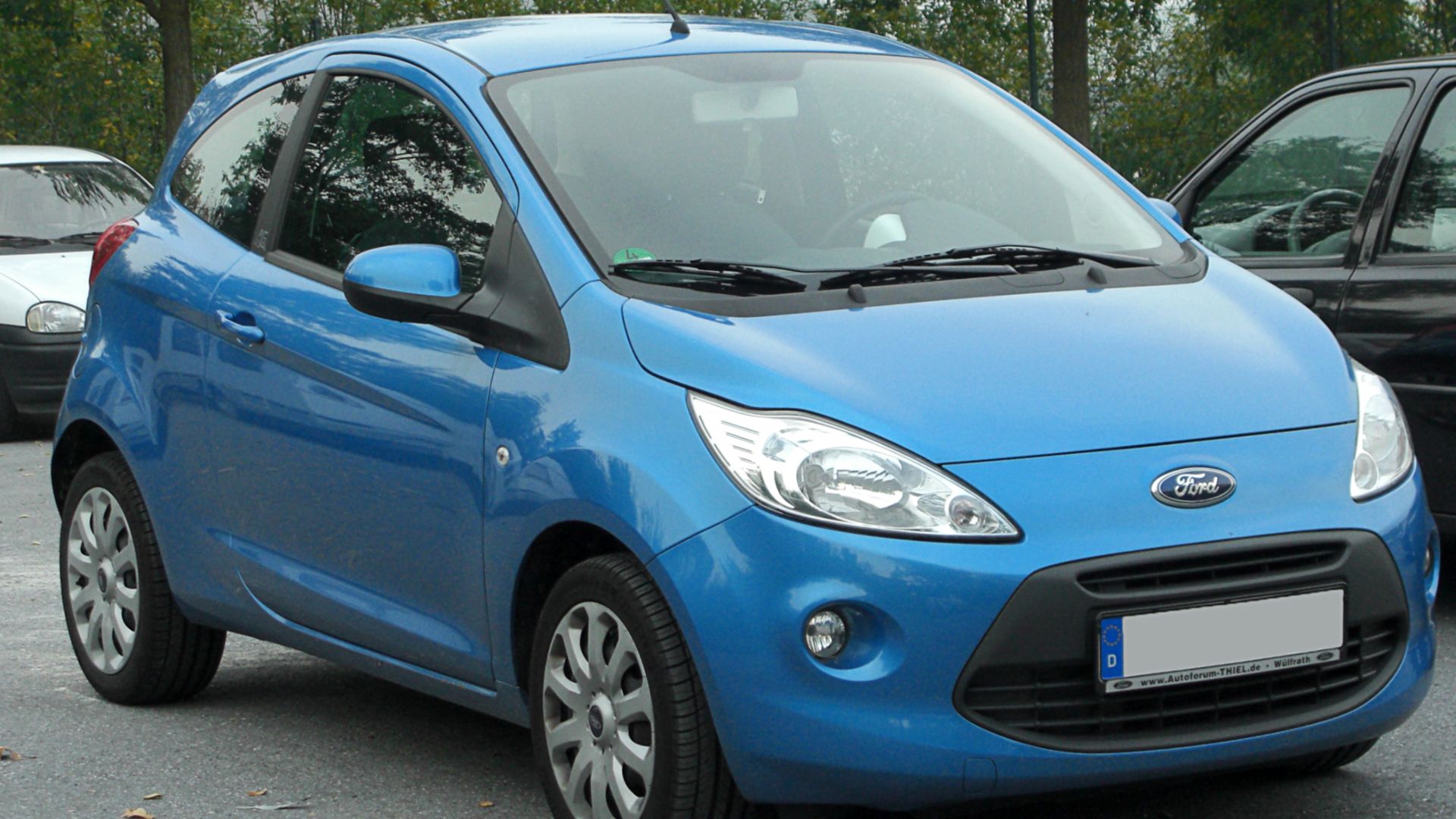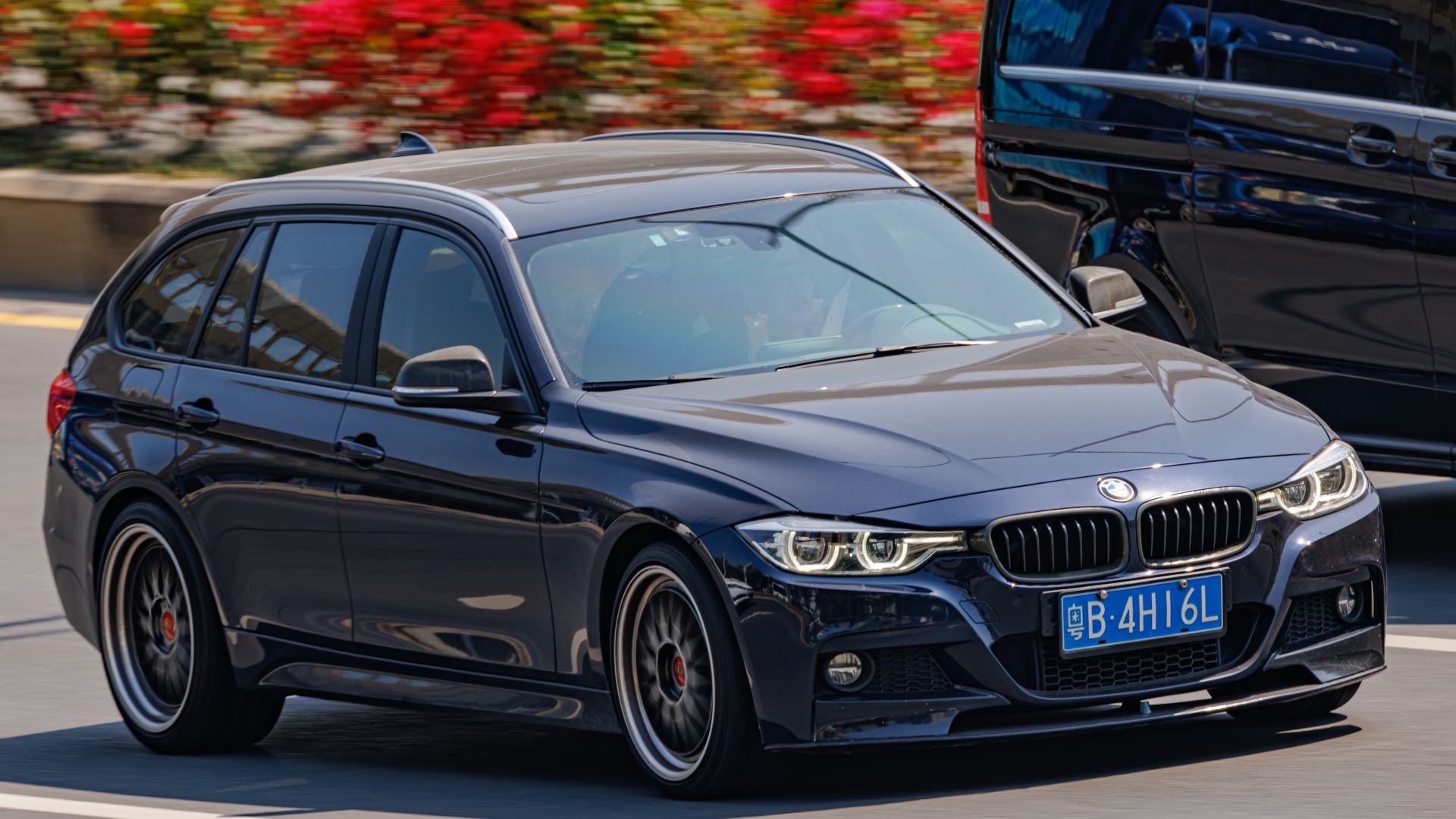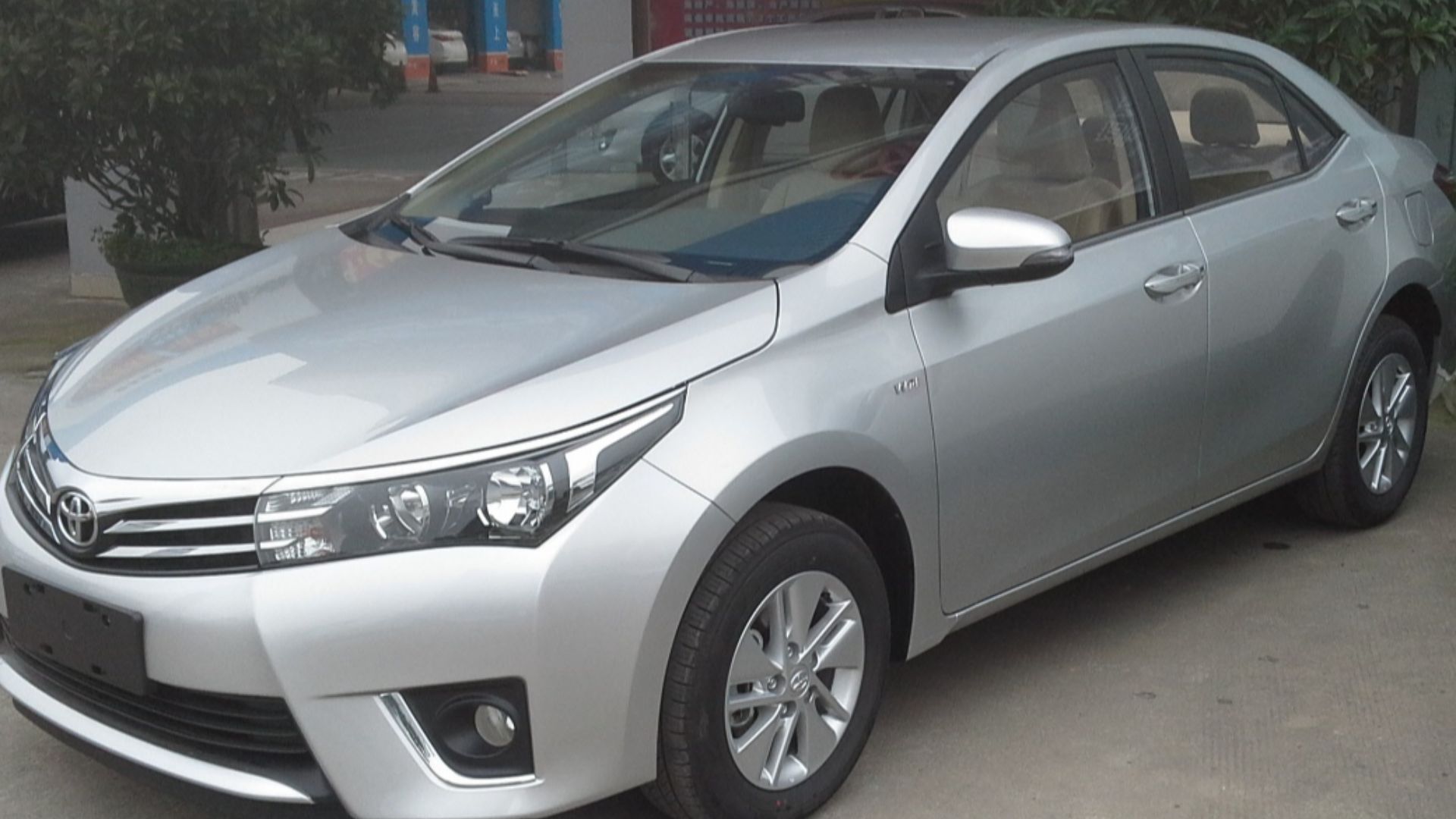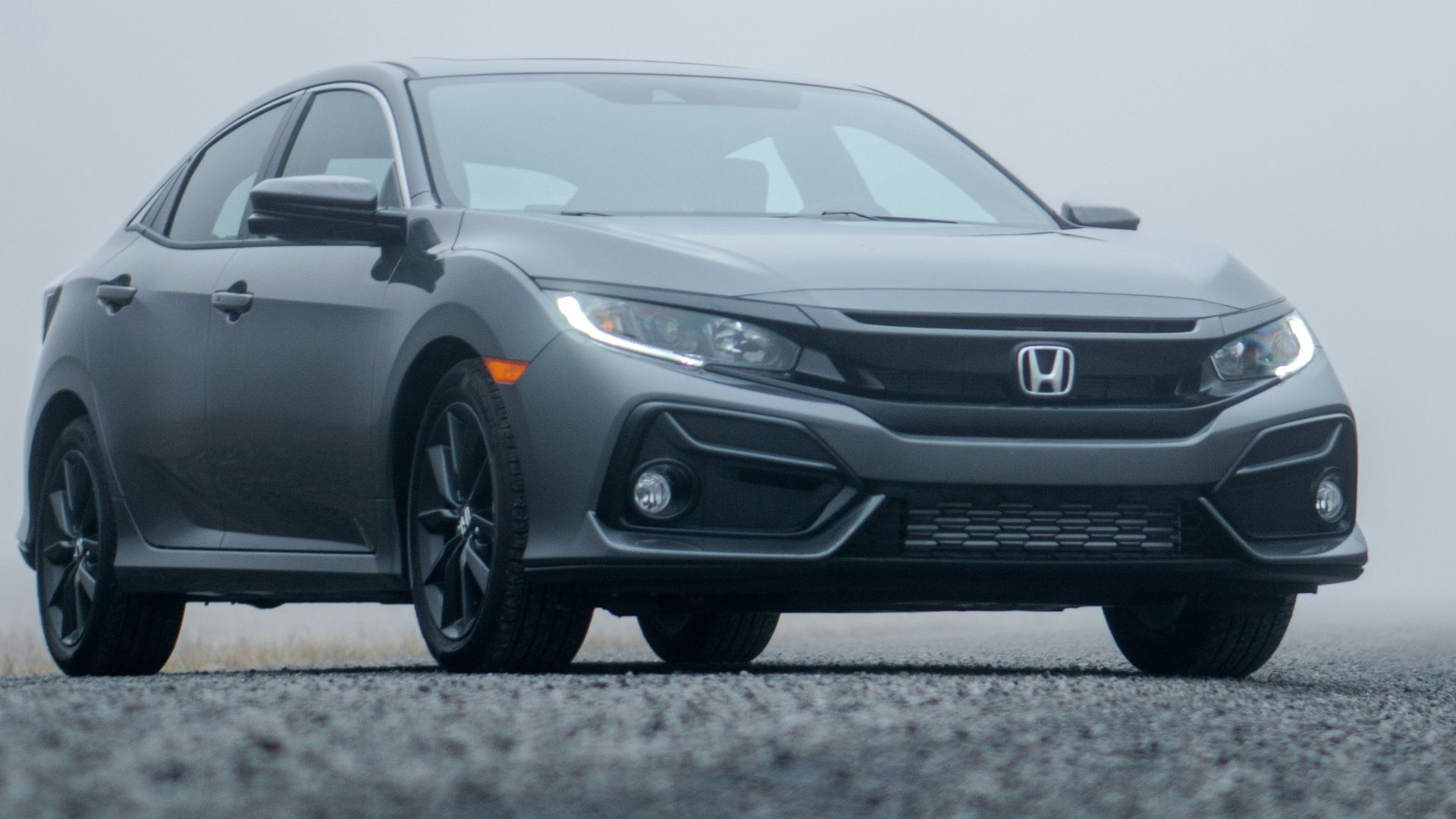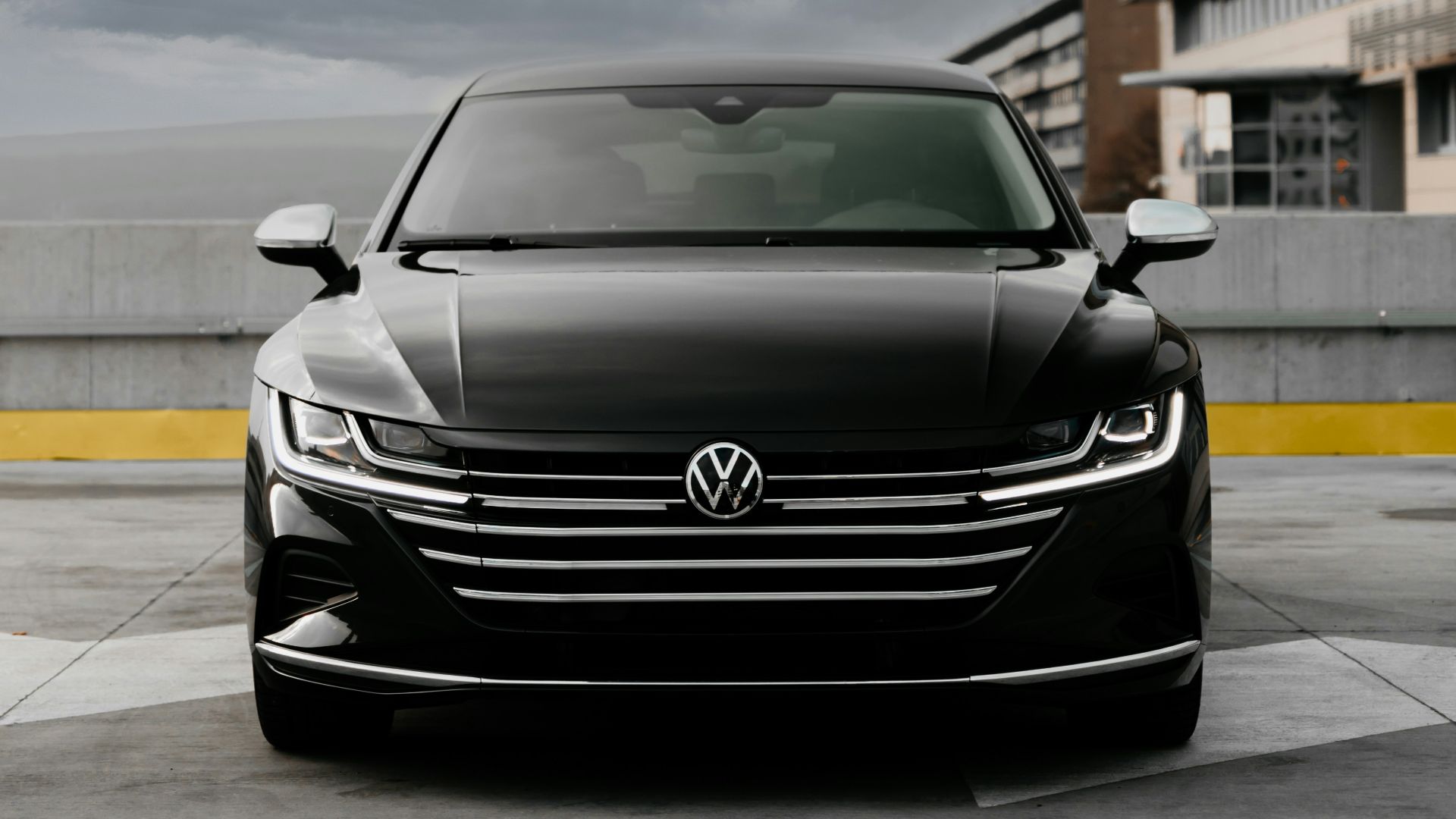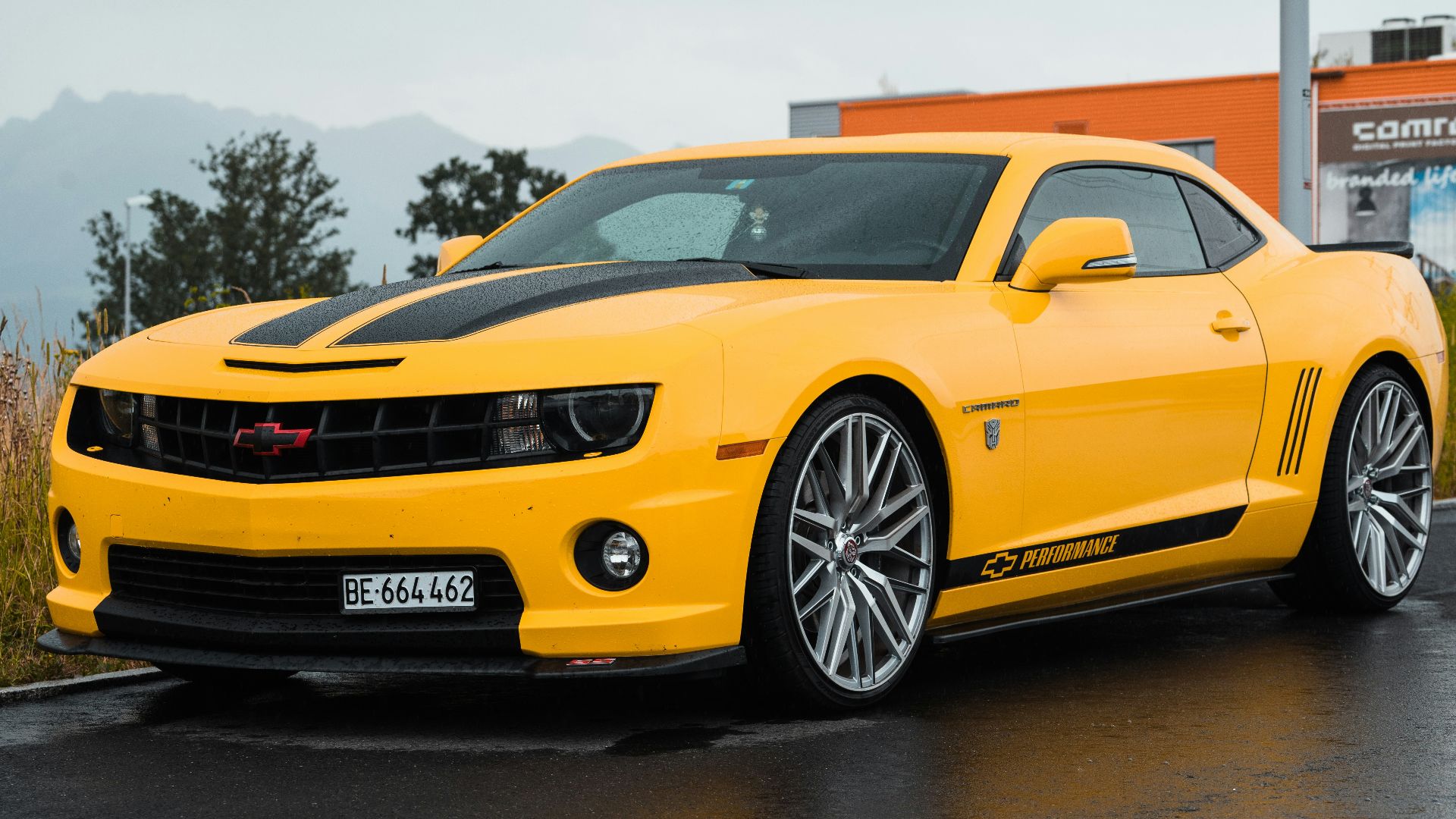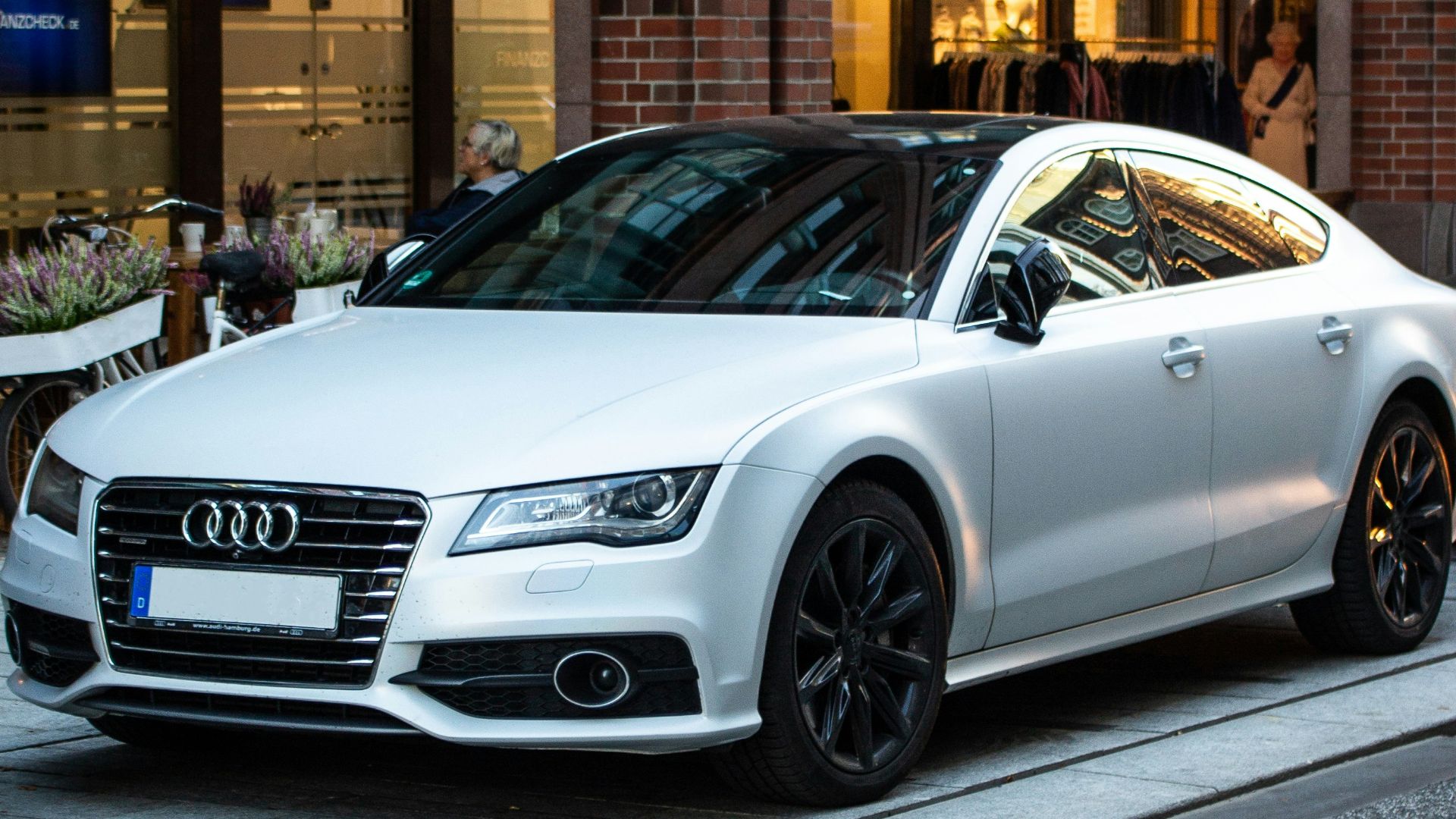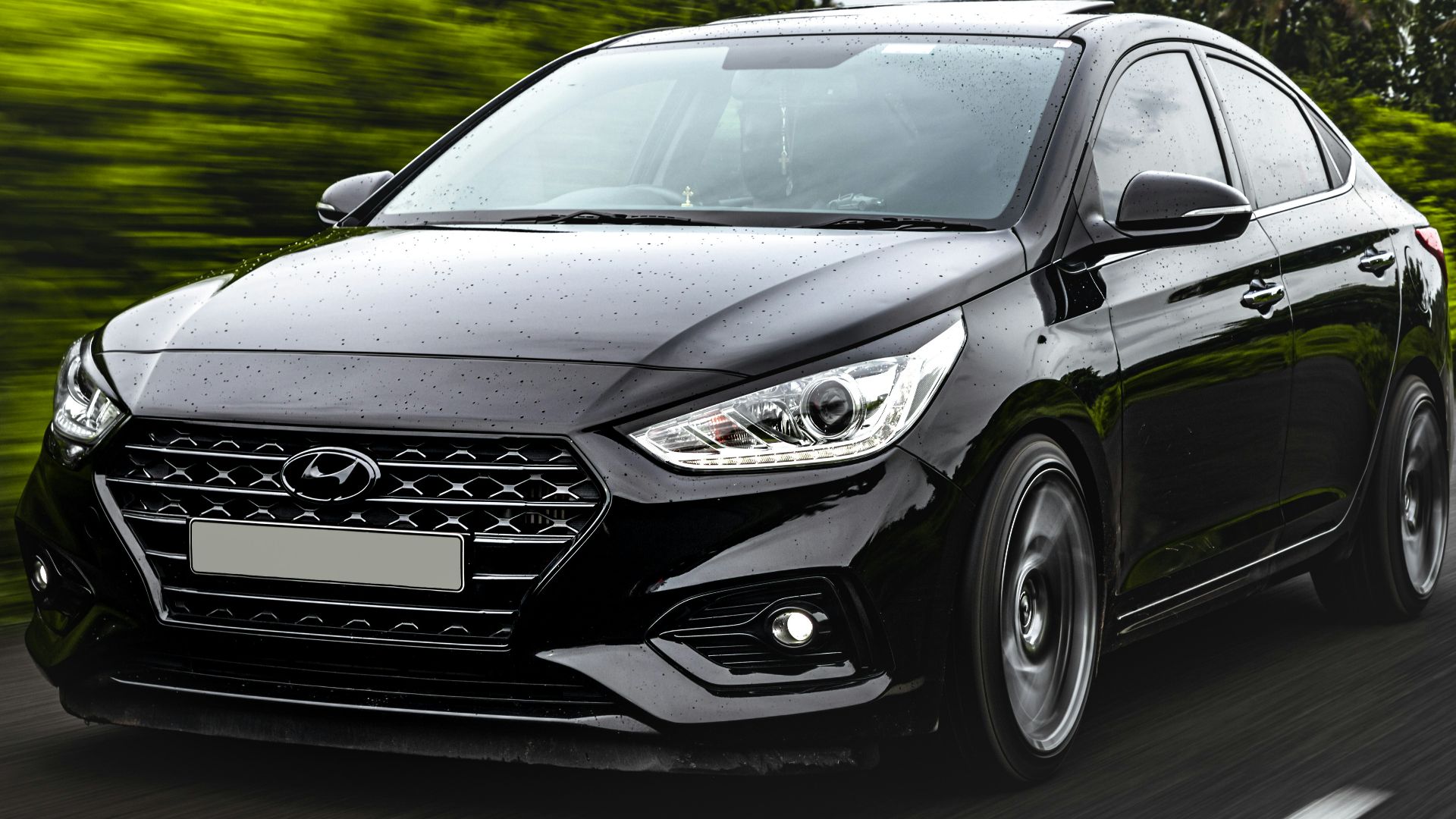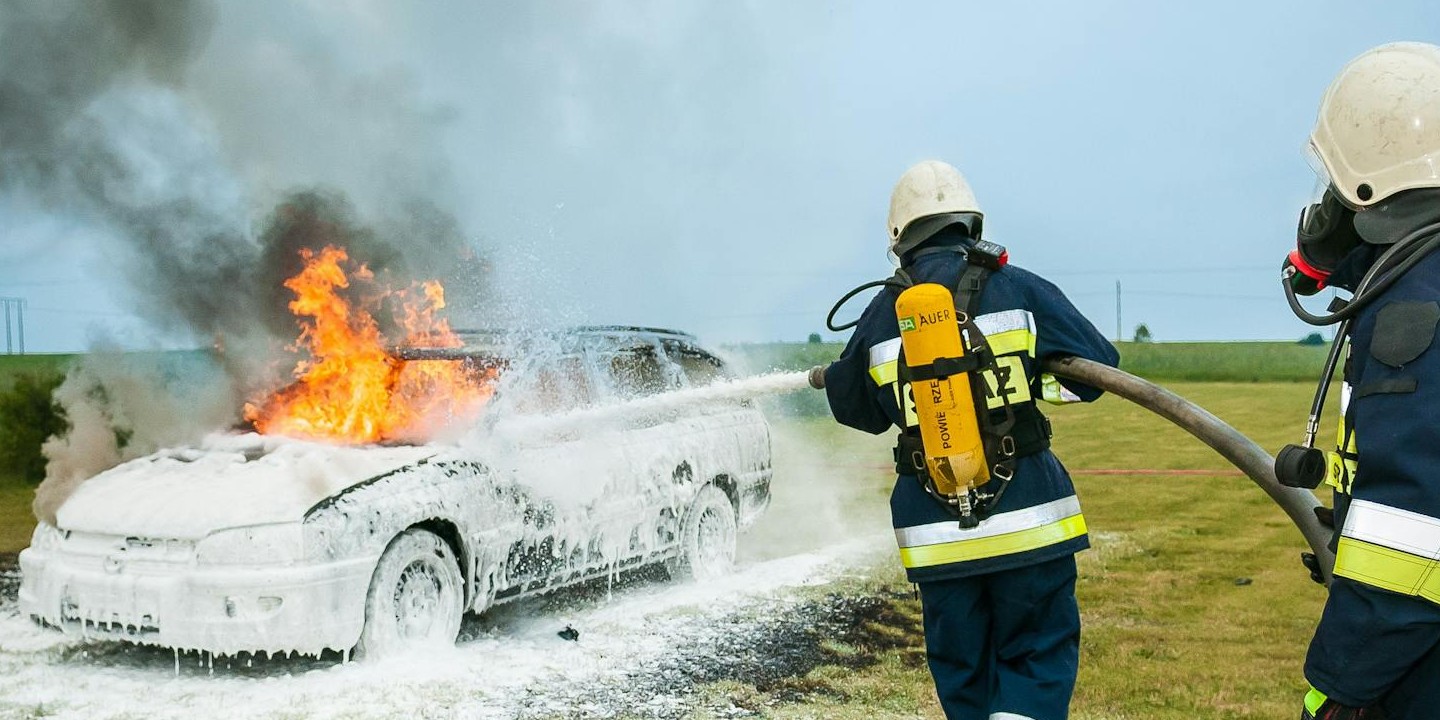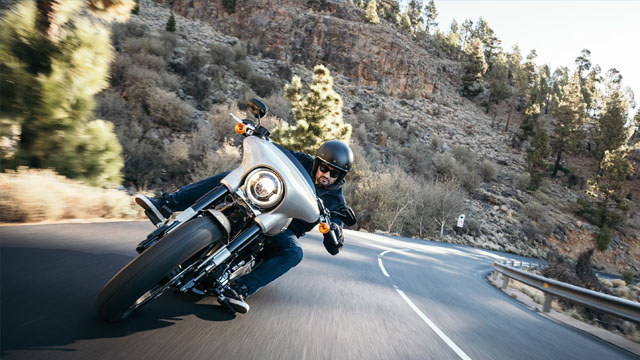Riding High Or Hitting Rock Bottom?
Not every auto company makes it to the finish line. History’s scrapyard is filled with brands that ran out of gas at the worst time. But then there are the companies that keep driving forward—innovative, profitable, and thriving even through the trials and tribulations. Curious about the survivors? We’ll get to that, but first, let’s take a look at those who didn’t make it.
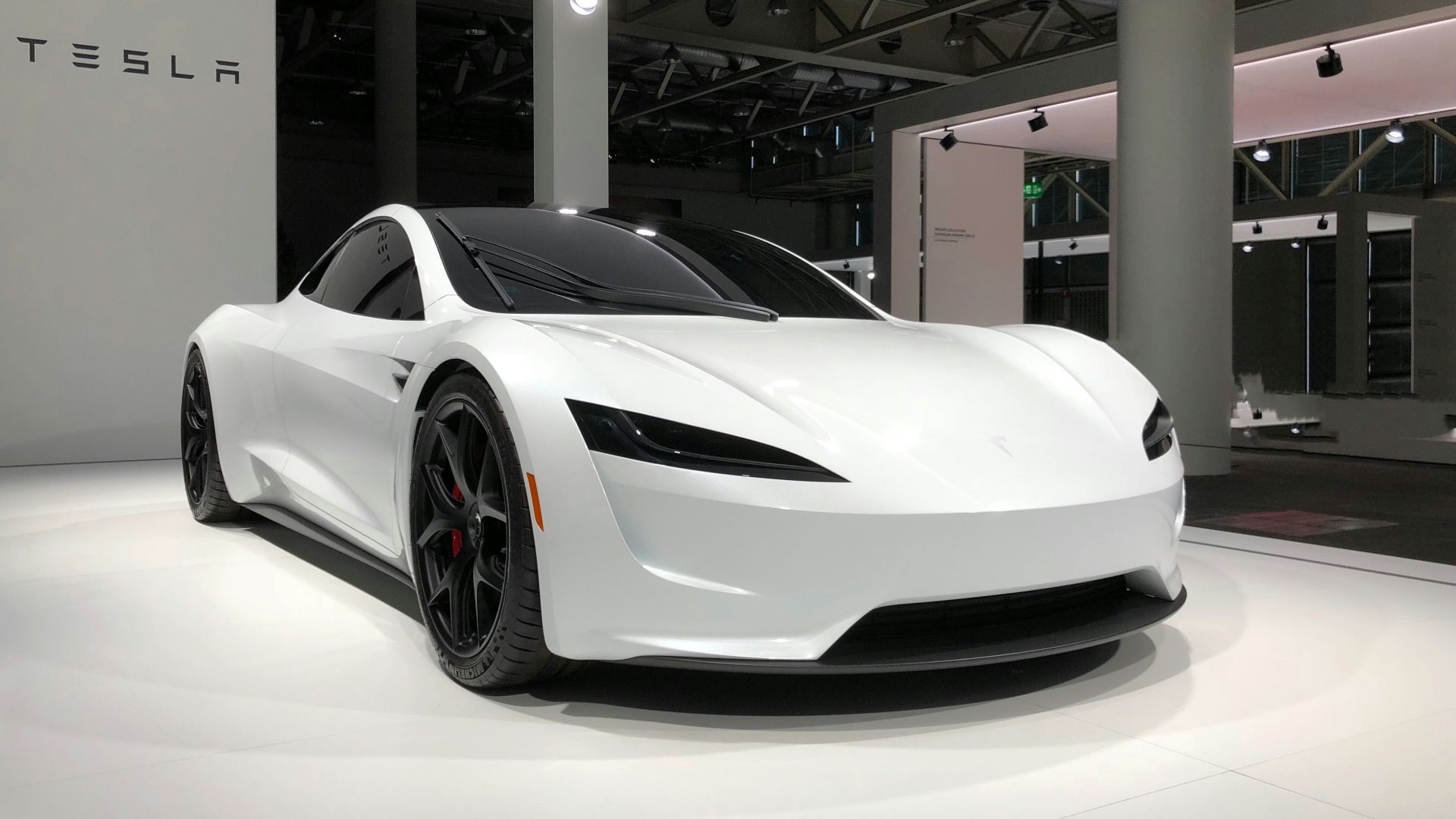 Tesla Fans Schweiz on Unsplash
Tesla Fans Schweiz on Unsplash
1. Studebaker
Studebaker was one of those brands that felt ahead of its time. This company was founded in South Bend, Indiana. In 1902, it transitioned from wagons to automobiles. Then, mismanagement hit. By 1963, it closed US production, and Canada followed three years later.
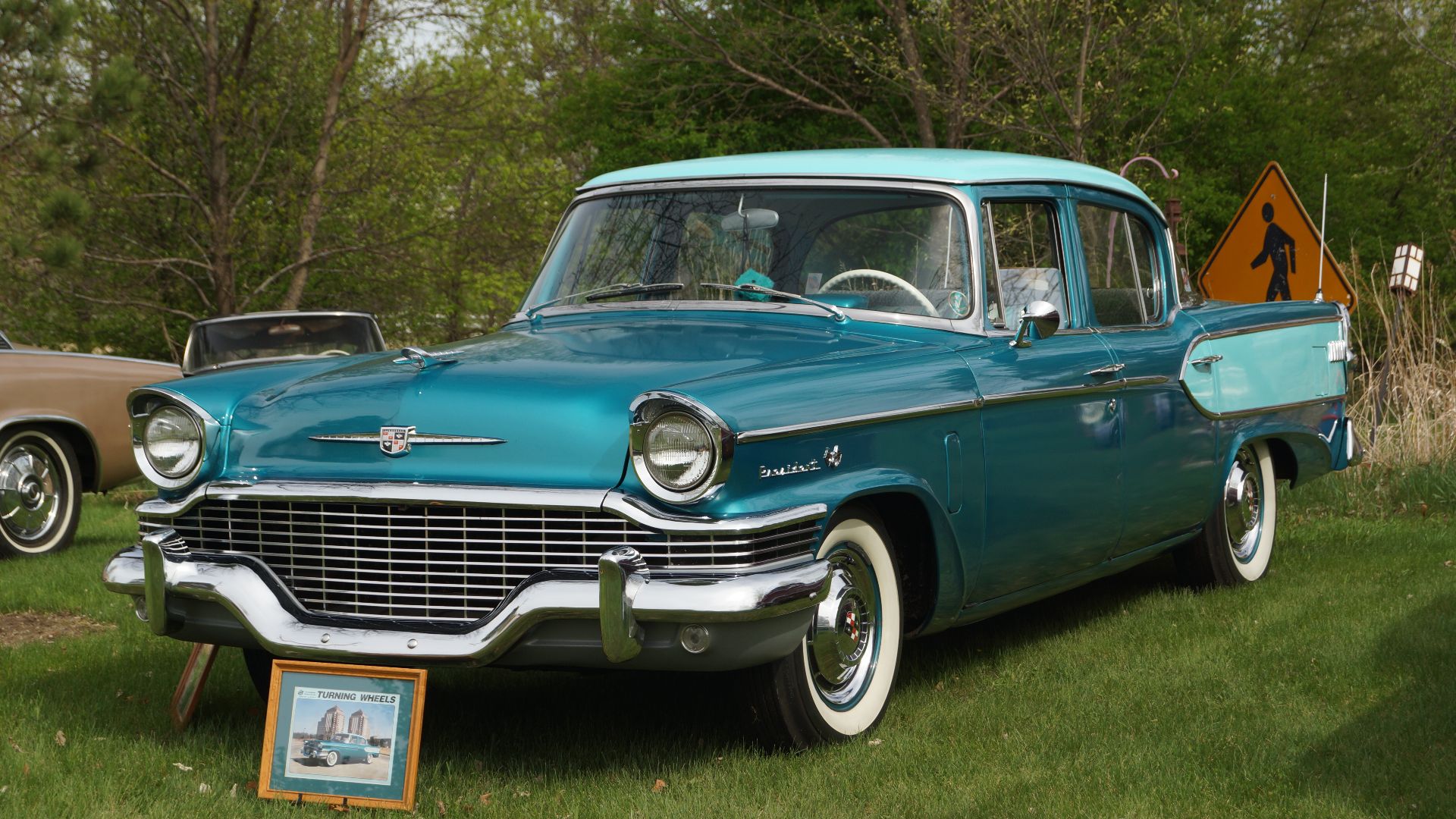 Greg Gjerdingen from Willmar, USA on Wikimedia
Greg Gjerdingen from Willmar, USA on Wikimedia
2. Packard
Thanks to Packard, mid-century America enjoyed cars that weren’t flashy but had engineering precision and quiet class. The merger with Studebaker in 1954 was a miscalculation. Packard's quality dropped, and its identity blurred. The Packard badge vanished completely by 1958.
3. MG Rover
Once a staple of British motoring, MG Rover was tied to iconic models like the MG Midget and Rover 75. It collapsed in 2005 after years of poor management and product stagnation and filed for bankruptcy after a failed deal with China’s SAIC.
4. DeLorean
Everyone knows the gull-winged icon, but few remember the chaos behind the curtain. John Z. DeLorean built a stainless steel dream in Northern Ireland, backed by British government funding. Quality issues and a drug trafficking scandal sealed its fate by 1982.
5. Saab
Saab’s cars felt different and flaunted features like wraparound dashboards and turbocharged engines way before it was cool. But despite cult loyalty, General Motors’ missteps after acquiring it in 2000 proved fatal. The Swedish brand filed for bankruptcy in 2011.
6. Daewoo
After launching globally in the 1990s, this South Korean brand offered affordable compact cars with decent styling. However, expansion outpaced profits, and a massive debt pile sank the company by 1999. General Motors scooped up what remained and slapped on a Chevy badge.
7. Oldsmobile
Oldsmobile was one of America’s automotive pioneers. For a time, it was advanced—remember the Toronado? However, its relevance declined as GM focused on newer nameplates. Despite selling over a million cars annually in the 1980s, GM shuttered Oldsmobile in 2004 after 107 years of history.
8. Saturn
This was GM’s answer to Japanese imports. Saturn promised a new kind of car company. It’s own factory in Tennessee, plus no-haggle pricing and polymer panels. The company showed real promise, but by 2010, a lack of innovation and GM’s bankruptcy erased Saturn’s vision.
9. Pontiac
Muscle car lovers still mourn this one. Pontiac delivered legends—the GTO, Firebird, etc. After decades of glory, shifting priorities and a diluted lineup under the GM led to its end. The 2009 restructuring killed the brand, and speed fans had to look elsewhere.
10. Fisker
Fisker Automotive looked like the next big EV disruptor. The Karma had bold design and green ambition, but tech issues and supply chain disasters crippled the launch. After selling just a few thousand units, the company filed for bankruptcy in 2013.
While these brands lost the race, others have been in the fast lane for decades. Let’s take a look at the companies that built momentum and never gave it up.
1. Mercedes Benz
You don’t lead with flash and stay with substance unless your name is Mercedes Benz. This German brand introduced the first gas-powered car in 1886 and never stopped refining performance and luxury. Innovation runs deep—Mercedes pioneered airbags, modern diesel, and more.
2. Ford
In 1913, Henry Ford revolutionized the industry with the assembly line, making cars affordable for the masses. While Ford has faced its challenges over the years, it’s never needed a bankruptcy reset. The F-Series trucks alone have kept the brand a household name, proving its lasting power.
3. BMW
You may be surprised to know that Bavarian Motor Works started by making airplane engines. However, when it pivoted, it hit gold. Its philosophy of “the ultimate driving machine” is its design DNA. The brand consistently blends sport and style without straying from its roots.
4. Toyota
Launched as a spinoff from a loom company in 1937, Toyota built its empire by keeping things simple and solid. The Corolla is one of the best-selling cars ever. Throw in hybrids, trucks, reliability, and affordability, and you’ve got generational staying power.
5. Honda
Honda builds motorcycles that run smoothly and cars that last for decades. This Japanese company entered the US with the Civic and Accord and never looked back. Known for engineering excellence and top-tier fuel economy, Honda balances performance with value.
6. Volkswagen
It started with the Beetle, but Volkswagen’s real power lies in its adaptability. The company weathered war, scandal, and shifting trends without losing momentum. Today, it owns multiple top-tier brands and dominates European sales. It also continues pushing EV growth.
7. Chevrolet
Since 1911, Chevy has been part of American living—trucks, sports cars, family sedans, EVs, crossover SUVs, you name it. While the Camaro and Corvette grab headlines, the Silverado brings in huge revenue. Chevrolet has survived its fair share of challenges, including GM’s bankruptcy in 2009.
8. Audi
Audi built its reputation on understated power and relentless engineering. Quattro all-wheel drive turned heads in the rally world and became a luxury standard. As part of the Volkswagen Group, Audi competes neck-and-neck with legacy rivals, always fine-tuning and never overplaying.
9. Hyundai
Since its debut in 1967, this South Korean automaker has risen from a budget option to a serious contender. With bold designs and constant refinement, Hyundai has won over buyers. Plus, its luxury offshoot, Genesis, offers a chance to flex without breaking the bank.
10. Tesla
While Tesla wasn’t the first to make electric cars, it made people care about them. The Model S rewrote expectations, and the Model 3 took over driveways. Also, the charging network changed road trips. The company polarizes, but it hasn’t slowed down.



